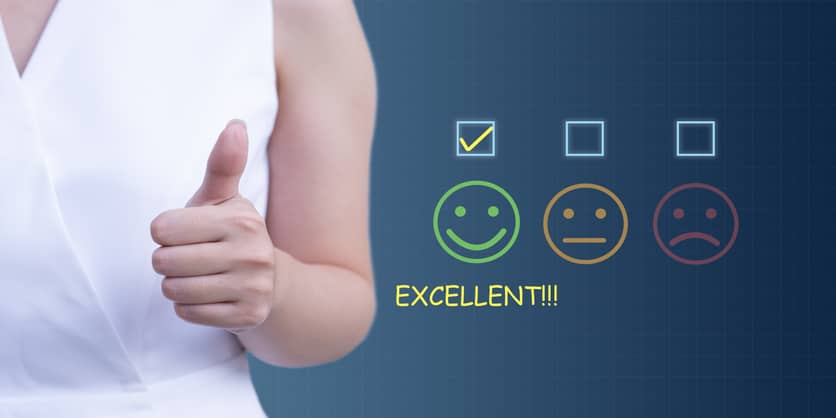There’s a lot to appreciate about Amazon CEO Jeff Bezos.
He’s a visionary. A leader. An innovator. He’s one of the greatest minds of our (or any) generation, and he’s used that brilliance to build one of the most extraordinary and unique businesses of the 21st century.
He’s also a disciple of Lean Six Sigma, and he tells some great stories about it.
Back in 2012, during a re:Invent Fireside Chat with Amazon vice president Werner Vogels, Bezos told a story about some Kaizen training he attended after founding Amazon.
“Four or five years ago, we were doing a Kaizen training session with a Japanese consultant. … He was from the Toyota School of Kaizen. … He was teaching us some of these Toyota techniques, and he was very fiery. He was very emotive. He would shout at us in Japanese. … On about day four, he saw me a little way away, sweeping up some dust in the fulfillment center. He came up to me and said, ‘Mr. Bezos! I am all in favor of a clean fulfillment center, but tell me: why do you sweep? Why do you not instead eliminate the source of dirt?”
These are the types of insights that Amazon’s systems and processes are built on. The entire company uses Lean principles to think a little differently about what they’re trying to accomplish – which, according to Bezos, is an unparalleled customer experience.
Amazon and Lean
Here are some examples of the outside-of-the-box, Lean-inspired thinking that Bezos has brought to Amazon:
- For many years, Bezos required all senior managers to work in customer service for at least one day every year. Because of this, executives had a more informed perspective on the challenges of front line workers.
- Customer service agents have the power to pull any product from the website at any time. Use of a virtual Andon Cord, a Lean concept, empowers employees to address defects immediately and effectively, and helps reduce future customer complaints. This act of giving employees full reign to halt production comes straight from the Toyota Production System.
- Bezos mandates that increased productivity and efficiency be used to lower product prices for customers, rather than boost earnings.
- Decision makers are asked to act quickly, but to put aside egos. If two decision makers can’t come to a consensus, they’re instructed to “disagree and commit.” They should accept the fact that they disagree, but commit to one decision and see how it pans out. That keeps things moving.
Jeff Bezos is the architect of a digital empire, and he has constructed and regulated it with the same principles and insights available to you – Lean Six Sigma. The methodology is not a fad. It’s a cornerstone of one of the world’s most powerful and innovative organizations, and they’ve proven again and again that Lean Six Sigma is an effective way to improve and manage a business.
Implementing Lean in Your Organization
If you’re not currently improving your organization with Lean Six Sigma, why not?
Maybe you tried it and failed. Part of Lean is learning and growing from failures, so dust yourself off, diagnose the problem, and try it again.
Maybe it costs too much to implement – even though experts say that Lean Six Sigma, when applied to the right project, can yield a five- or 10-times return in one year.
You don’t work in manufacturing, so maybe Lean isn’t right for your business, despite the fact that companies like Bank of America, Boeing, Ford, General Electric, Motorola and countless others across hundreds of industries have used it to revolutionize their business practices.
Jeff Bezos built a giant, but he did it one step at a time. And throughout that journey, Lean Six Sigma acted as his compass for process improvement, quality and innovation.
So, the next time you find yourself frustrated by a redundant process or broken system, think about Lean Six Sigma, and ask yourself:
Why do I sweep? Why do I not instead eliminate the source of dirt?



